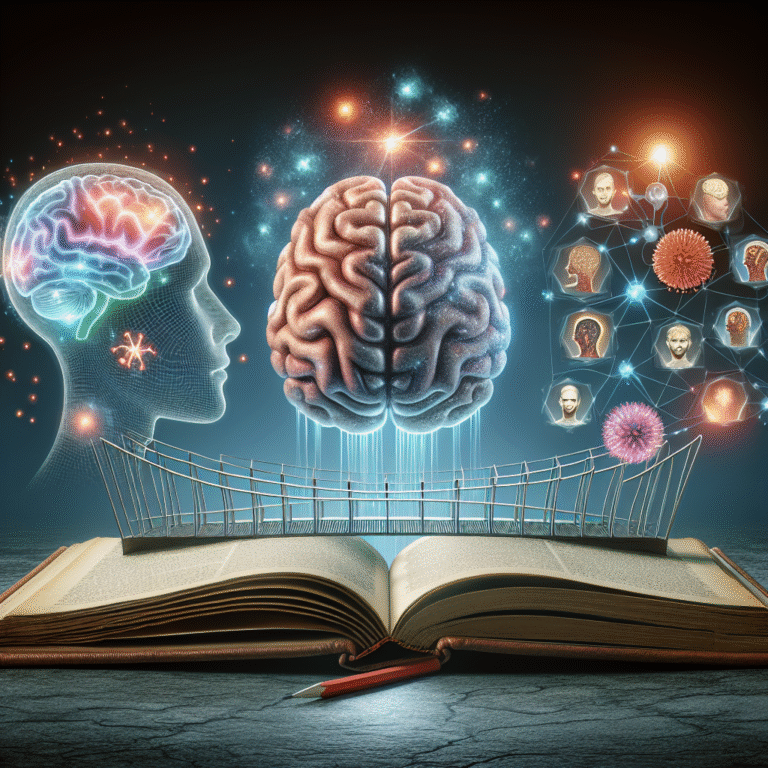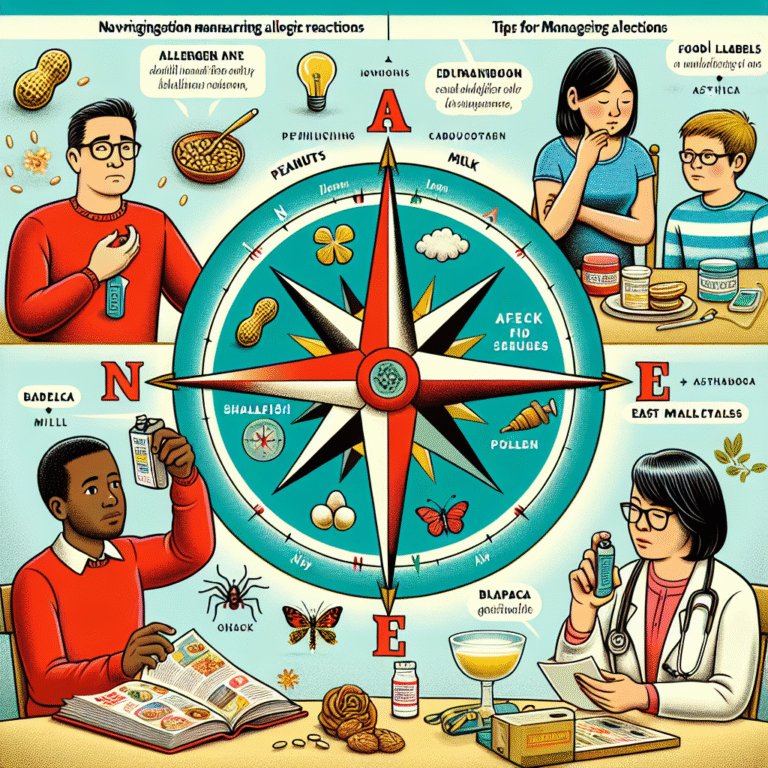Introduction
Imagine standing in front of a painting that appears to ripple and vibrate before your eyes, or hearing a sound that seems to come from nowhere. It’s not magic, but rather the fascinating world of perceptual illusions. The exploration of Mind Tricks: How Perceptual Illusions Deceive Our Senses reveals the mind’s extraordinary ability to warp reality, illustrating our sensory perception’s limitations. Understanding these illusions isn’t just a mental exercise; it enhances our awareness of how we process information and interact with the world. This journey through cognitive psychology serves not only to enlighten but also to entertain, presenting a captivating look at the tricks our minds can play.
Understanding Perceptual Illusions
What are Perceptual Illusions?
At its core, a perceptual illusion is a distortion of the senses, revealing how subjective our perception can be. While our senses aim to portray reality accurately, they can also misrepresent it due to various factors, including context, expectations, and previous experiences. For example, the classic Müller-Lyer illusion shows two lines of equal length that appear different due to the orientation of arrows at their ends. This simple yet powerful image underscores that perception is not merely about the stimulus but how our mind interprets it.
Types of Perceptual Illusions
Perceptual illusions can be categorized into several types:
-
Visual Illusions: These are probably the most well-known and easily recognizable. They deceive the eye and can include things like the aforementioned Müller-Lyer illusion or the famous “dress” that some see as blue and black while others see it as white and gold.
-
Auditory Illusions: Just as our eyes can be deceived, so too can our ears. Phenomena like the Shepard Tone create an auditory illusion that seems to ascend indefinitely.
-
Tactile Illusions: These occur when our skin sensations mislead us regarding the location or intensity of a stimulus, often used in virtual reality contexts.
- Cognitive Illusions: These involve higher-level cognitive processes, leading us to misunderstand information based on context or prior knowledge.
Case Study: The Müller-Lyer Illusion
Relevance to Mind Tricks: How Perceptual Illusions Deceive Our Senses: The Müller-Lyer illusion demonstrates how visual context alters our perception of size. In a study conducted by researchers at the University of California, participants consistently misjudged the lengths of the lines, returning to the hypothesis that our mind’s interpretation hinges deeply on contextual cues.
The Neuroscience Behind Illusions
Understanding illusions requires a peek into the mind’s machinery. Illusions are not just random quirks of perception, but rather deeply rooted in how our brain processes information.
Brain Function and Perception
Research indicates that our brains use shortcuts to interpret sensory data, which can lead to misleading interpretations. For instance, the brain prioritizes patterns and familiar shapes to make sense of stimuli quickly, sometimes to the detriment of accuracy. This shortcutting is part of what allows us to navigate our environment quickly but also renders us susceptible to various mind tricks.
Neural Pathways and Illusions
Table 1: Key Brain Areas Involved in Perception
| Brain Area | Function |
|---|---|
| Occipital Lobe | Processes visual information |
| Temporal Lobe | Handles auditory stimuli |
| Parietal Lobe | Integrates sensory information |
| Prefrontal Cortex | Aids in decision-making and expectations |
The interaction between these brain areas allows for a complex web of processing that is responsible for perceptual illusions. For example, the occipital lobe is key in determining what we see; if it receives ambiguous cues, it can lead to misunderstandings of size or space.
Mind Tricks in Everyday Life
1. Advertising and Marketing
Marketers cleverly exploit perceptual illusions to influence consumer behavior. A classic example is the ‘left digit effect’, where prices ending in .99 make items seem significantly cheaper than those rounded up to the nearest dollar. This trick plays on our cognitive biases, often leaving us feeling like we’re getting a better deal than we truly are.
Case Study: Pricing Strategies
In a case study examining consumer reactions to different pricing strategies, researchers found that prices ending in .99 not only sold better but also generated positive perceptions of value among consumers.
2. Art and Design
Artists often use visual illusions to challenge our perceptions and create striking visuals. The mesmerizing artwork of Bridget Riley and Victor Vasarely employs geometric patterns that create dynamic optical effects, leaving viewers entranced.
Case Study: Bridget Riley’s Work
Riley’s use of contrasting colors and shapes exemplifies how artists can manipulate perception. Viewers report both dizziness and delight, highlighting how illusions serve as a catalyst for emotional engagement through art.
3. Technology and Gaming
In virtual reality (VR), perceptual illusions are not just byproducts but critical components of designing immersive experiences. Technologies utilize sensory manipulation to create believable environments in which players or users can interact authentically.
Case Study: VR in Therapy
A study published in the journal Virtual Reality showcased how VR therapy utilized perceptual tricks to help patients confront phobias. By calibrating visual and auditory stimuli, therapists could gradually desensitize patients, showcasing the therapeutic potential of understanding mind tricks.
4. Traditional Magic and Illusion
Magicians have long been aware of perceptual tricks, employing techniques that exploit our brain’s weaknesses. They often use misdirection, where the magician directs the audience’s attention away from the trick’s mechanics.
Case Study: The Prestige of Illusion
In studying the art of magic, cognitive scientists have found that successful illusions depend on a keen understanding of psychological principles, reinforcing the relevance of Mind Tricks: How Perceptual Illusions Deceive Our Senses even in entertainment.
The Psychological Implications of Perceptual Illusions
The Role of Expectations
Expectations play a crucial role in what we perceive. Our minds often fill gaps in sensory information based on what we anticipate seeing or hearing. This leads to cognitive biases that can distort our understanding.
Cognitive Dissonance
Perceptual illusions create circumstances for cognitive dissonance—where conflicting perceptions lead to discomfort. Dealing with these discrepancies can lead to greater awareness and better decision-making.
Emotional Responses to Illusions
Engagement with illusions often elicits emotional responses, as seen in the fields of art and marketing, fostering a deeper connection to the material.
Techniques to Enhance Your Perception
To navigate the world filled with mind tricks, developing an awareness of how perception works can be empowering. Here are some techniques to enhance your awareness:
-
Mindfulness Practice: By being more present and observant, you can develop a greater awareness of when your perceptions may be misleading.
-
Critical Thinking: Always question the data presented to you. Understanding that your brain can lie to you is the first step in mitigating distortion.
-
Engage with Varied Perspectives: Communicating with others can provide alternative interpretations of information, helping to combat your cognitive biases.
- Visual Literacy: Educating yourself on how visual information is structured can impart a deeper understanding of both illusions and reality.
Conclusion
As we navigate a world rich in visual and sensory information, Mind Tricks: How Perceptual Illusions Deceive Our Senses allows us to acknowledge the limitations of our senses. By understanding these illusions, we can cultivate a more nuanced grasp of reality, improving both personal and professional interactions. It’s a reminder that our perception is a product of intricate cognitive processing, one that can be shaped and shifted.
Actionable Takeaway
Start embracing these mind tricks! Use your newfound understanding of perceptual illusions to question your beliefs and decisions. Develop a practice of being mindful and aware of the subjective nature of your perceptions. This awareness can empower not only informed decisions but also significantly enrich your life experiences.
FAQs
1. What causes perceptual illusions?
Perceptual illusions arise mainly due to the brain’s interpretation processes influenced by context, prior experiences, and sensory input.
2. Are perceptual illusions the same for everyone?
While many perceptual illusions have a common effect on most people, individual differences—such as cultural background and personal experiences—can influence perceptions.
3. Can I train my brain to avoid being fooled by illusions?
Yes! Engaging in mindfulness practices and educating yourself about optical illusions and cognitive biases can help you become more aware of when your mind is being tricked.
4. Are perceptual illusions used in therapy?
Absolutely. Therapists often use virtual reality and exposure therapies that rely on the principles of perceptual illusions to help clients face and overcome fears.
5. How can I use knowledge of perceptual illusions in everyday life?
Understanding perceptual illusions can lead you to make better choices in marketing, improve situational awareness in social settings, and enhance critical thinking skills.
By delving into the intriguing world of perceptual illusions, we uncover not just the tricks our minds play but also valuable lessons about the nature of reality and perception.

















